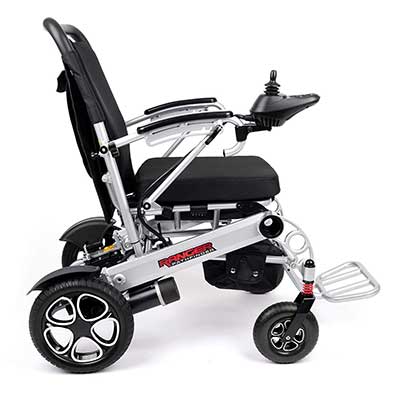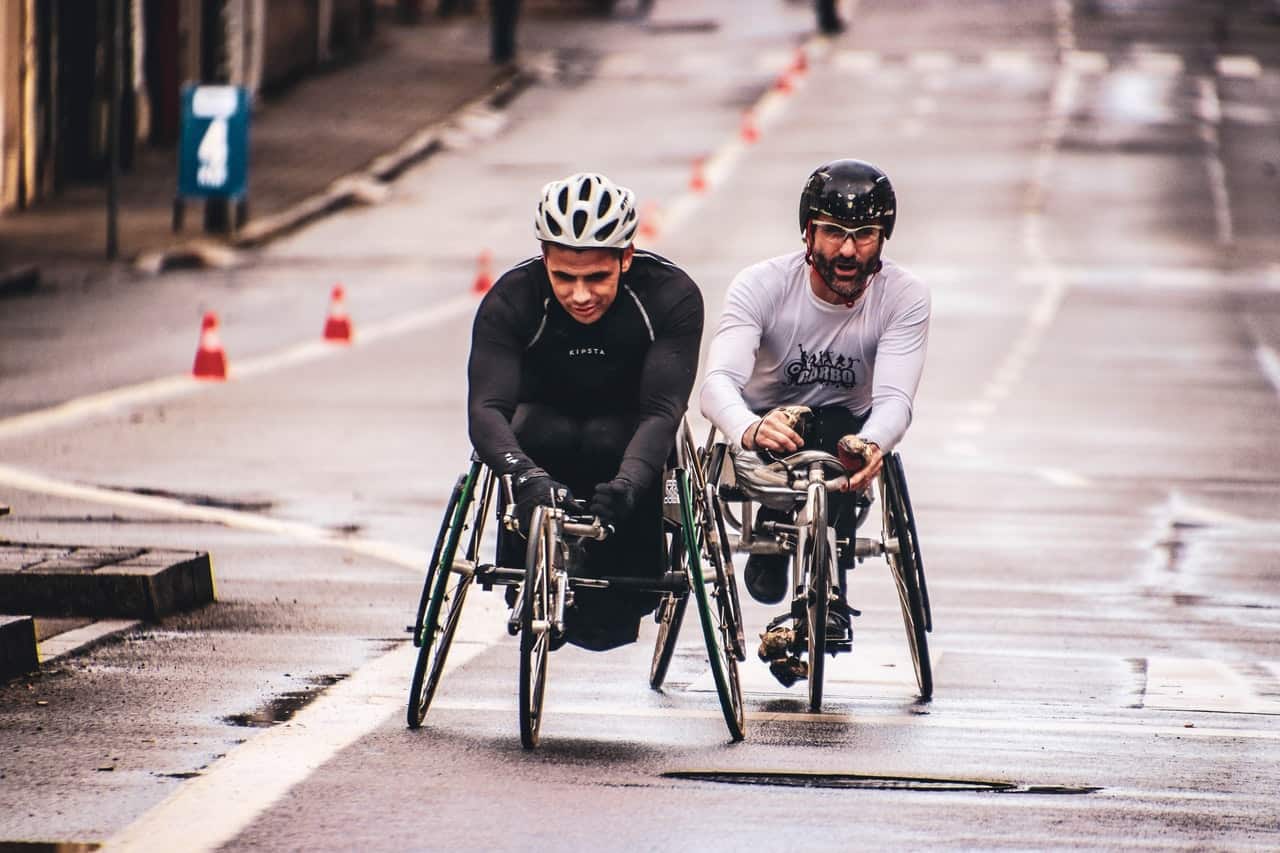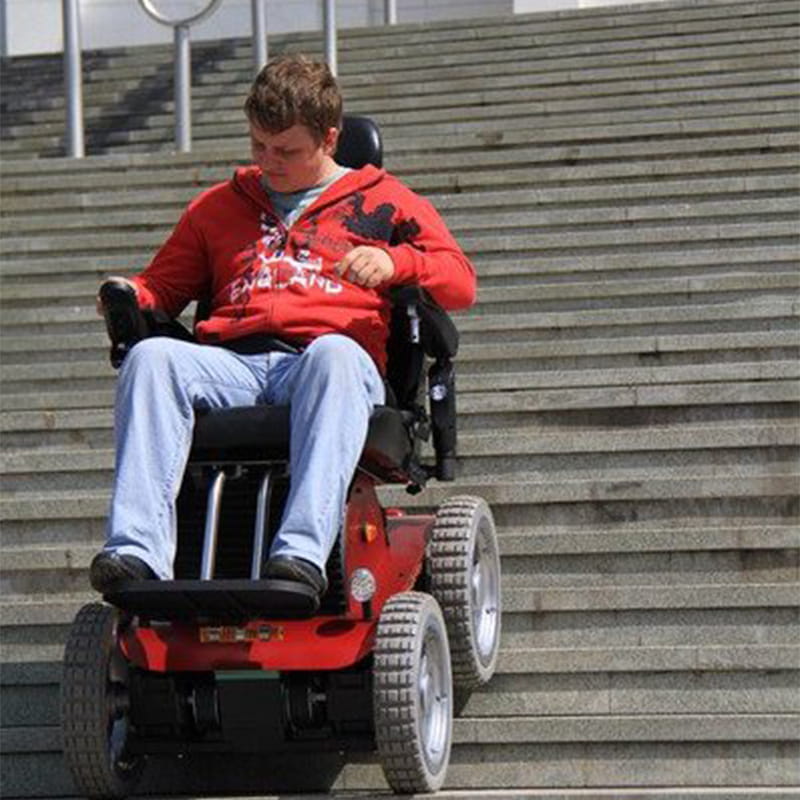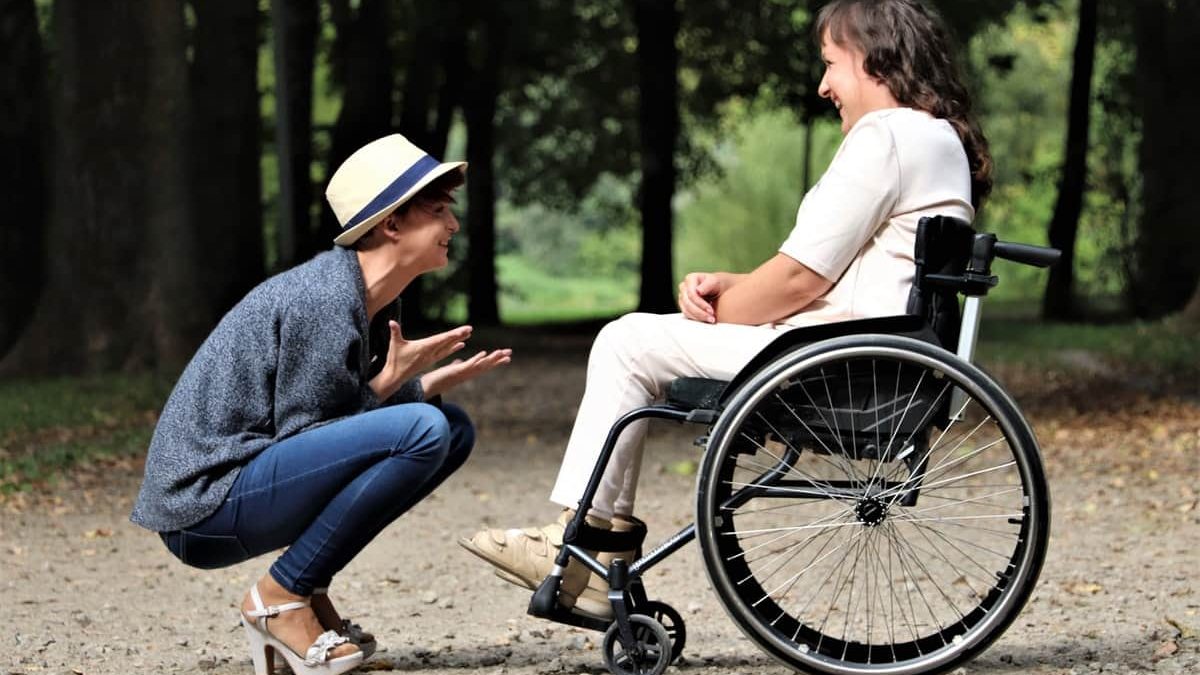If the time has come when you need to buy a wheelchairs, you may find it difficult to choose the model among the many types of chairs of this type on the market.
There are a number of factors that will allow you to opt for one type of wheelchair or another. In this article, we want to help you decide which is the best chair model to meet the needs of the person who is going to use it.
Table of Contents
Manual wheelchairs

As the name suggests, manual wheelchairs are those moved by the user or an assistant. Self-propelled chairs usually have rear wheels between 20 and 26 inches in diameter fixed to an axle and positioned so that users can move them by pushing down or pulling up the edges to push. That is why users can travel back and forth at speeds, dictated by the amount of force they can apply.
By controlling the edges to push, users can also turn left or right and circumvent small depressions and climbs that lie ahead. To operate manual wheelchairs successfully, however, users must have a good standard and coordination in their shoulders and arms.
Other methods of propulsion include foot pedals and hand-operated levers.
Manual transit chairs
Manual transit chairs usually have small rear wheels with no push-in edges. These wheelchairs are most likely seen in buildings such as airports and hospitals where porters act as helpers.
Electric wheelchairs

Wheelchairs with electric motors are ideal for anyone who does not have the strength or ability to cope with a manual chair. Rechargeable batteries mounted under the seat provide power for electric motors that drive two or all four wheels. As with cars, different traction arrangements determine how the wheelchair moves and manoeuvres.
Batteries come in three types: cell-wet, cell-gel, and AGM (absorbed glass mat, from the English “absorbed glass mat”).
- Cell-wet batteries are the lightest, cheapest and least plausible to be overloaded. They tend to drip, however, so they cannot be carried on aeroplanes.
- Cell-gel batteries are heavier but do not drip. They last longer than wet cell batteries and are acceptable for air travel.
- AGM batteries are heavy and costly, but they are suitable for aeroplanes, are shock resistant and leakproof, and do not require maintenance.
The batteries mentioned above may need to be charged by a separate unit, but more modern electric wheelchairs can be plugged into an outlet.
Apart from the choice of batteries, there are options to handle the direction and speed of electric wheelchairs. Many have a small control unit that mounts at the end of the armrest or on the bar that swings in front of the user once he or she is sitting. Others have tubes inside which users blow or suck to control chair movements.
The level of disability experienced by users of electric wheelchairs is also reflected in the design of other features. These include:
- turning mechanisms;
- reclining backrests;
- elevators for seat, legs or arms.
Most of these functions are regulated by small electric motors and allow users to feel as comfortable as possible in the chair.
Scooter type chairs (Wheelbase)
The scooter chairs (wheelbase) have four small wheels that extend from a low platform. The type of chair installed on this platform varies according to the disability and the needs of the user; some are even modelled from a mould taken from the most appropriate posture of the seated user.
One of the advantages of scooter type machines is that the chair can pivot and allow the user to climb on both sides. The problem is that the user must maintain a rigid posture when driving. This means that scooter chairs are rarely appropriate for the seriously disabled.
The controls of the scooter chairs are mounted in a frame that curves upwards from the front of the platform to height and position convenient for the user. A horizontal steering bar is attached through the top of the frame.
Sports Wheelchairs

Since the 1970s, disabled athletes have had a collection of special wheelchairs on the rise to help them achieve the best of their chosen sport. These chairs may look very different from each other, but what they usually have in common is
- lightweight frames made of composite materials;
- solidity (which means they don’t fold); Y
- Improved stability for sharp turns (this is achieved using angled wheels).
For more details of wheelchair sports, see the section later in this review.
Stop
The wheelchairs to stand are adjusted with a hydraulic pump that raises and turns the seat, allowing the user to “stand up” and still have full support. This is a priceless feature if the user needs to reach an item on a shelf both at home and while shopping outside.
Wheelchairs climbing stairs

Climbing stairs is the ultimate challenge for a wheelchair, and there are a number of solutions available.
- Battery operated brackets on the back that act as stabilizers as the chair rises.
- A series of flexible wheels turning inside a rubber path that clings to the steps.
- Independent platforms that climb stairs to which the wheelchair is secured.
Most wheelchairs that climb stairs still need a third party to act as an assistant. On other hands, the wheelchair user must be able to grab a suitable handrail.
Wheelchairs for the beach
A wheelchair for the beach is immediately recognized for its wide wheels that allow you to ride smoothly in the sand without sinking. Some spas now provide not only wheelchair access but also offer wheelchair-accessible beachside customers.
Bariatric wheelchairs
Conventional wheelchairs cannot safely support weights greater than 250 pounds. A bariatric wheelchair, however, can accommodate someone who weighs as much as 1000 pounds. The weight capacity of a bariatric chair and the measurements of the seat vary and are shown in the promotional literature.
Pediatric wheelchairs
Pediatric wheelchairs are designed for disabled children. Chairs are not only smaller than conventional equivalents; They can be adjusted in some instances to give children maximum freedom to sit, rest, and lie down.
Helpful Resources:
1. Top 5 Tips for Treating Knee Pain Without Medication
2. What Are The Complications Women Face During Pregnancy?
3. Best Exercises For A Complete Back Workout
4. TMJ Pain

